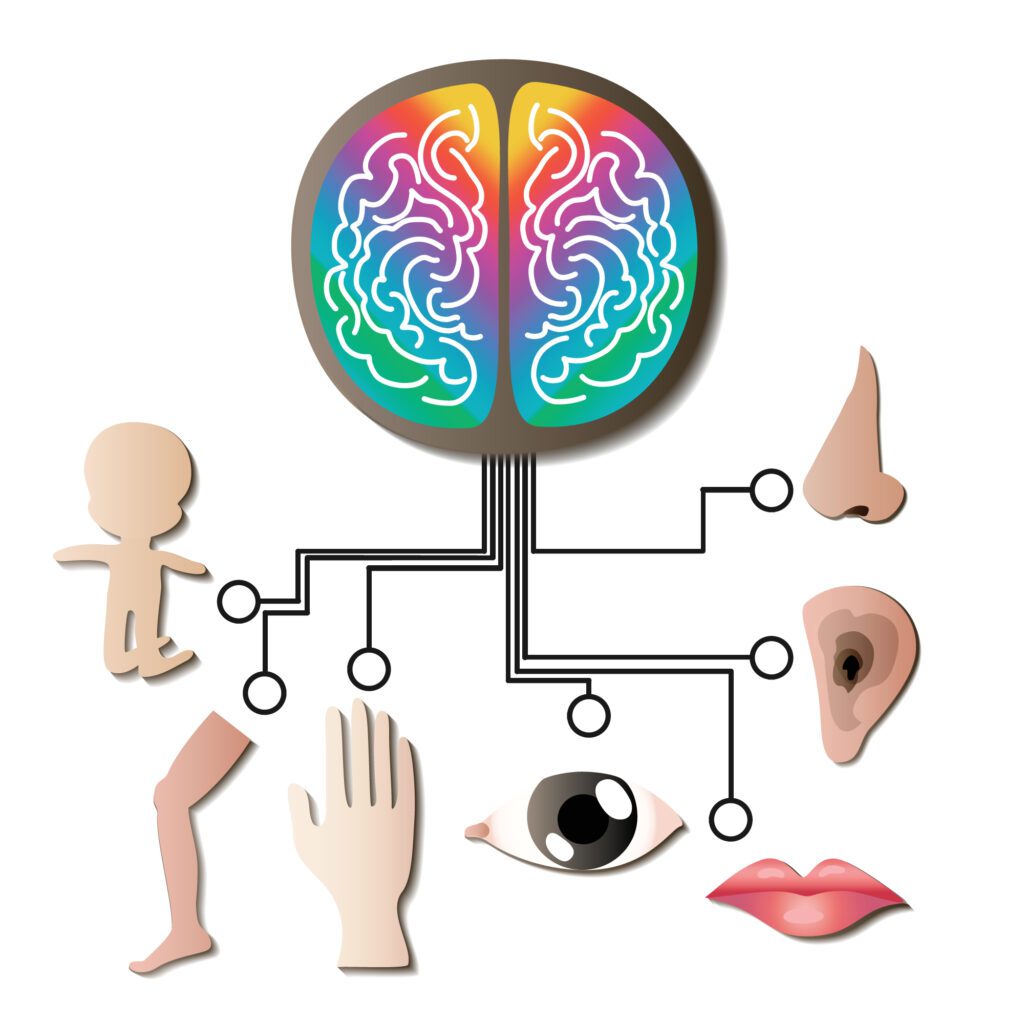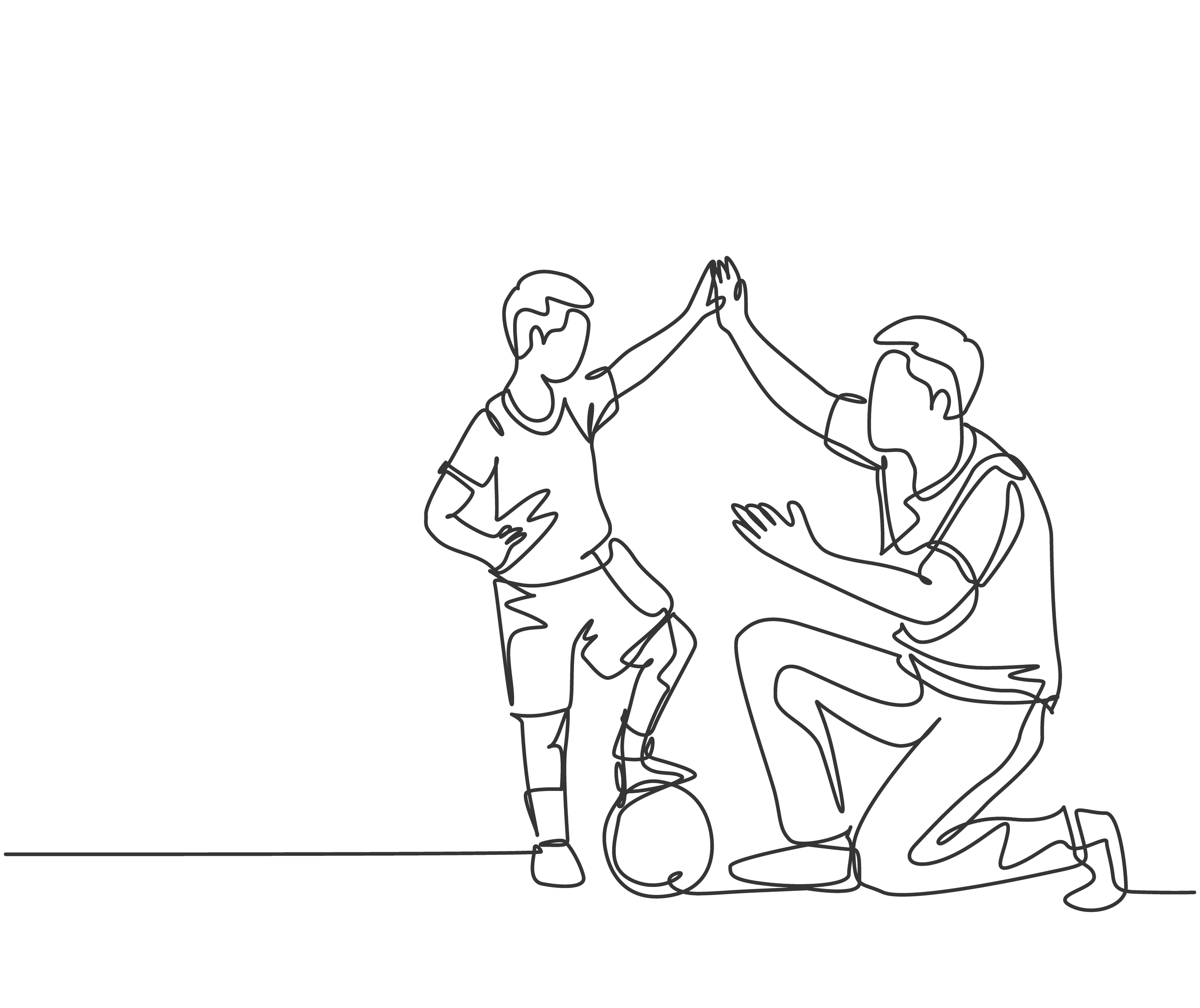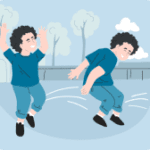The 3 Primary Patterns and Subtypes of Sensory Processing Disorder
Sensory Processing Disorder (SPD) is a complex condition that manifests in various ways, depending on how individuals process sensory information. Experts in occupational therapy have identified three primary patterns of SPD, each with specific subtypes. Understanding these patterns and their subtypes is crucial to effectively supporting those who live with SPD.













 Speech Therapy
Speech Therapy Physical Therapy
Physical Therapy Occupational Therapy
Occupational Therapy
